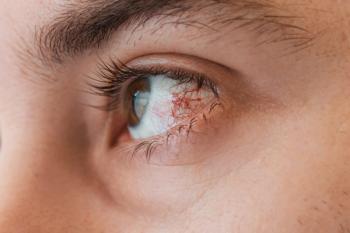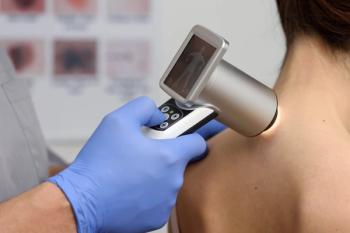
Top 5 Healthcare Technologies of the Future
Here are five of the most promising healthcare technologies that will make your healthcare organization in step with the future.
As healthcare technology continue to rapidly advance, it is important for executives to be aware of those that will make running a healthcare organization more efficient and impactful. Though many technology advances have bells and whistles, those that can make patient satisfaction and cost savings a priority are the most important to the future of an organization.
Here are five of the most promising healthcare technologies that will make your healthcare organization in step with the future:
1. Blockchain to make interoperability a reality. Using blockchain technology to solve interoperability problems between healthcare organizations seems like the solution that the industry has dreamed of for years. Blockchain can create decentralized record systems with multiple locations that can be shared with multiple stakeholders in the healthcare system. Instead of a single, client-server database, healthcare data including both clinical and financial data would be available in an independent, transparent database.
An
“This will be most effective if a specific set of standardized data were to be stored directly on the blockchain for immediate, permissioned access, supplemented by off-chain data links when necessary, the Deloitte team states, identifying demographics (gender, date of birth, other data), medical history (immunizations, procedures), and services rendered (vital signs, services performed, and other data) as preliminary data that could be on a blockchain.
Related:
2. Artificial intelligence (AI) to help scale precision oncology. As part of the U.S. Department of Veterans Affairs (VA) precision oncology program, which primarily supports stage 4 cancer patients who have exhausted other treatment options, the VA is applying AI to help interpret cancer data in the treatment of veteran patients.
The VA treats 3.5% of the nation's cancer patients-the largest group of cancer patients within any one healthcare group-with many veterans from rural areas where it has traditionally been difficult to deliver cutting-edge medical breakthroughs.
Using
3. NASA-inspired command centers in hospitals. Imagine a comprehensive, interactive, digital command center where clinicians can get real-time multiple source data through an entire hospital. This year,
4. Patient-controlled testing. Healthcare technology companies are thinking in novel ways to enhance patient engagement and satisfaction. Technology that gives patients the ability to determine compression and positioning during mammography received satisfaction scores near 80%, according to researchers at GE Healthcare who created the Senographe Pristina, a 3D mammography device. Using a handheld remote, Senographe Pristina allows the patient and clinician work together in determining the positioning and pressure to ensure that the patient is comfortable while the imaging is accurate. The device was designed with other sensory features, including softer armrests and surfaces, and visual and sound elements to help patients relax, with the goal of decreasing pain and anxiety for patients.
5. Machine learning powered by patient identity matching. Lack of easy interoperability between systems continue to be healthcare’s biggest technology problem. Vendor neutral solutions that can “intelligently” sift through tens of millions of crowd-sourced patient data to match it to the right record in milliseconds is the foundation of 4medica’s Big Data MPI, says Gregg Church, president of 4medica.
“By enabling the rapid matching of patient data to the right patient record as it comes in, this technology will drive clean, complete transfers of patient medical records between any system-the core definition of interoperability,” Church says.
Donna Marbury is a writer in Columbus, Ohio.
Newsletter
Get the latest industry news, event updates, and more from Managed healthcare Executive.






















































